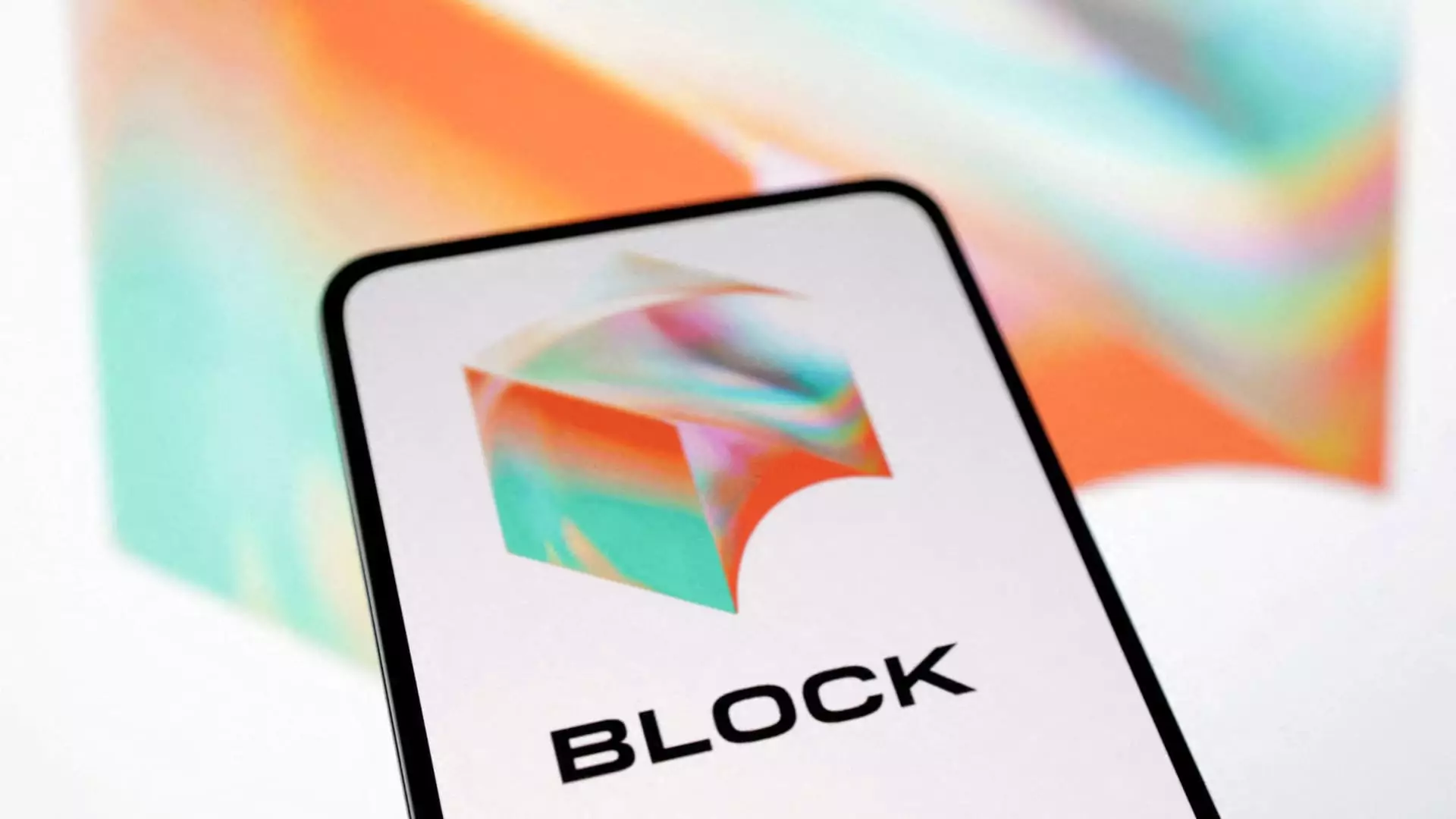The tech-driven finance sector is in constant flux, and Block Inc. (formerly Square) has recently exemplified this volatility with its latest quarterly financial report. While the company reported third-quarter revenues that did not meet Wall Street’s forecasts, a closer examination reveals an underlying trend of profitability that appears to resonate more positively with investors. This article delves deeper into Block’s financial performance, highlighting significant aspects such as earnings per share, gross profit, and strategic initiatives that may define its future trajectory.
On Thursday, Block unveiled its third-quarter results, disclosing a revenue of $5.98 billion, underwhelming compared to the analysts’ consensus estimate of $6.24 billion. Although this shortfall initially triggered a sell-off in after-hours trading, investors quickly shifted focus. They began to offset their concerns over revenue by concentrating on gross profit metrics, which have demonstrated solid growth and directionality. This transition exemplifies a growing trend among investors who increasingly prioritize overall profitability over top-line revenue, particularly in evolving sectors such as digital payments and fintech.
Turning Losses into Gains
In an encouraging turn of events, Block reported a net income growth to $283.7 million, translating to 45 cents per share. This contrasts starkly with the previous year’s net loss of $88.7 million or 15 cents per share. Remarkably, the gross profit reached $2.25 billion—an impressive 19% increase year-over-year. Chief Financial Officer Amrita Ahuja emphasized that focusing on gross profit illustrates the company’s ongoing capacity for sustained profitability and operational efficiency.
Navigating the challenging economic landscape, Block’s ability to transform previous financial losses into newfound profits stands testament to its resilience and strategic adjustments. This shift not only reinforces stakeholder confidence but also positions the company favorably in an increasingly competitive market.
A significant segment of Block’s success story can be attributed to its Cash App platform. This mobile payment solution reported a gross profit of $1.31 billion, reflecting a 21% increase when compared to last year. The Cash App Card’s monthly active user count also demonstrated positivity, climbing to over 24 million—an 11% growth year-over-year. Such metrics indicate that Cash App continues to not only contribute significantly to Block’s financial structure but also evolve as a robust component of its customer engagement strategy.
Despite missing analysts’ expectations regarding gross payment volume, which landed at $62.4 billion as opposed to the anticipated $64.3 billion, the company remains optimistic about improved gross profit projections of approximately 14% for the forthcoming quarter. This anticipation showcases Block’s strategic foresight to cultivate sustainable growth in an unpredictable sector while also addressing market expectations.
Innovative Lending Products and Future Directions
A particularly intriguing aspect of Block’s offerings involves its diverse lending products, which have gained traction as major profit generators. Following the acquisition of the Australian “Buy Now Pay Later” (BNPL) platform Afterpay for $29 billion in 2021, Block has directed attention towards maximizing the potential of these financial tools. CEO Jack Dorsey’s letter to shareholders emphasized the transformative goal of evolving Cash App Cards to compete with traditional credit card alternatives, fully integrating Afterpay’s functionalities.
Ahuja also outlined the company’s efforts to leverage artificial intelligence within their lending solutions, which enhances decision-making processes and helps manage risk effectively. This innovation has contributed to impressively low loss rates across products—approximately 1% for BNPL, 3% for Cash App Borrow, and 4% for Square Loans, revealing the company’s agility amidst evolving borrowing landscapes.
Strategic Cost-Cutting and Future Initiatives
Block’s strategic reassessment extends beyond its lending projects. The company has made notable changes in its investment strategies, particularly scaling back efforts surrounding Tidal, Jay-Z’s music-streaming service, and winding down TBD, Block’s Bitcoin-focused division. These moves come as Block reassesses its roadmap to profitability, a necessity underscored by recent layoffs aimed at streamlining operations.
Dorsey has maintained that Bitcoin remains a pivotal interest, focusing on making cryptocurrency more accessible through the Cash App. Block holds approximately 8,300 bitcoins valued at around $630 million, underscoring a commitment to integrate digital assets within its broader financial offerings.
Block Inc.’s third-quarter results encapsulate a profound narrative of resilience, adaptability, and innovative potential amidst revenue challenges. By pivoting focus toward profitability and evolving its product offerings, Block illustrates a critical understanding of its market dynamics and stakeholder expectations. As the company forges ahead, its commitment to enhancing user experience through Cash App, supporting robust lending products, and streamlining operations may not only stabilize its financial footing but redefine its competitive edge in the rapidly growing fintech landscape.


Leave a Reply